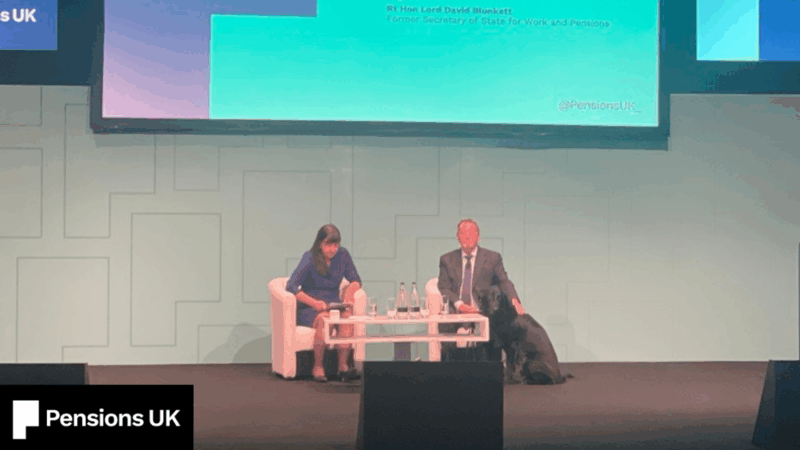

Quite often our clients use our skills in both Marketing and Public Relations (PR) because they go so perfectly hand in hand; you can’t really have one without the other. Marketing and PR are of course not the same, but they are closely related and often work together when it comes to strategy and achieving common goals. While they share some similarities and overlap in certain areas, which we come onto later, it is important to remember they do serve distinct purposes and employ different strategies to achieve their own objectives too.
Marketing typically focuses on promoting products or services to generate sales and drive revenue. It involves activities such as market research, product development, pricing, distribution, advertising, and sales promotions. The primary goal of marketing is to identify and satisfy customer needs, create brand awareness, generate leads, and in the end drive conversions.
On the other hand, PR is concerned with managing the reputation and perception of a brand among various stakeholders, including the media, customers, employees, investors, and the public. PR activities often include media relations, crisis management, corporate communications, community relations, event management, and influencer outreach. The primary goal of PR is to build and maintain positive relationships with stakeholders, enhance brand credibility, and shape public perception.
In the dynamic landscape of our industry, it becomes evident that marketing and PR share a symbiotic relationship, each playing a crucial role in shaping a brand’s image, fostering customer relationships, and driving business growth.
So, let’s delve deeper into the overlap between PR and Marketing and explore how they work together to achieve common goals:
At their core, both PR and Marketing aim to enhance brand visibility and awareness, build credibility, and drive brand engagement. While Marketing focuses on promoting products or services to generate sales, PR is concerned with managing a brand’s reputation, shaping public perception, and fostering positive relationships with various stakeholders. Despite their distinct approaches, the ultimate goal of both disciplines is to influence audience behavior and perceptions in favor of the brand.
A cohesive and consistent message is essential for any brand’s success. PR and Marketing collaborate closely to ensure that messaging across all channels – from press releases and social media campaigns to advertising and events – is aligned and reinforces the brand’s identity and values. By integrating messaging efforts, brands can amplify their voice, increase brand recognition, and cultivate a unified brand experience for their audience.
Content and communication lie at the heart of both PR and Marketing strategies. Whether it’s a blog post, press release, video campaign, or social media post, compelling content is key to capturing audience attention and driving engagement and action. PR professionals leverage storytelling and media relations to generate earned media coverage and enhance brand visibility online and in the press, while Marketers create branded content to promote products or services and attract leads. By collaborating on content creation and distribution, PR and Marketing teams can maximise reach, leverage each other’s strengths, and deliver more impactful messaging to target audiences.
Understanding the target audience is fundamental to both PR and Marketing efforts. PR professionals conduct research to identify key stakeholders, media outlets, and influencers relevant to the brand, while Marketers analyse consumer behavior and demographics to refine target audience profiles and tailor messaging accordingly. By sharing audience insights and collaborating on targeting strategies, PR and Marketing teams can ensure that their efforts are effectively reaching and resonating with the right audience segments.
Measurement and analytics are essential components of both PR and Marketing strategies. PR professionals such as us track media mentions, sentiment analysis, and brand reputation metrics to gauge the impact of their efforts, while Marketers rely on key performance indicators (KPIs) such as website traffic, lead generation, and conversion rates to measure ROI. By aligning measurement frameworks and sharing data insights, PR and Marketing teams can evaluate the effectiveness of their campaigns, optimise strategies in real-time, and demonstrate tangible value to stakeholders.
Like we have said, while marketing and PR have distinct objectives and strategies, they often collaborate and complement each other on a daily basis to achieve shared goals, such as increasing brand visibility, fostering customer relationships, and driving business growth. Effective integration of marketing and PR efforts can result in a more comprehensive and impactful communication strategy that maximises brand exposure and resonates with target audiences.


